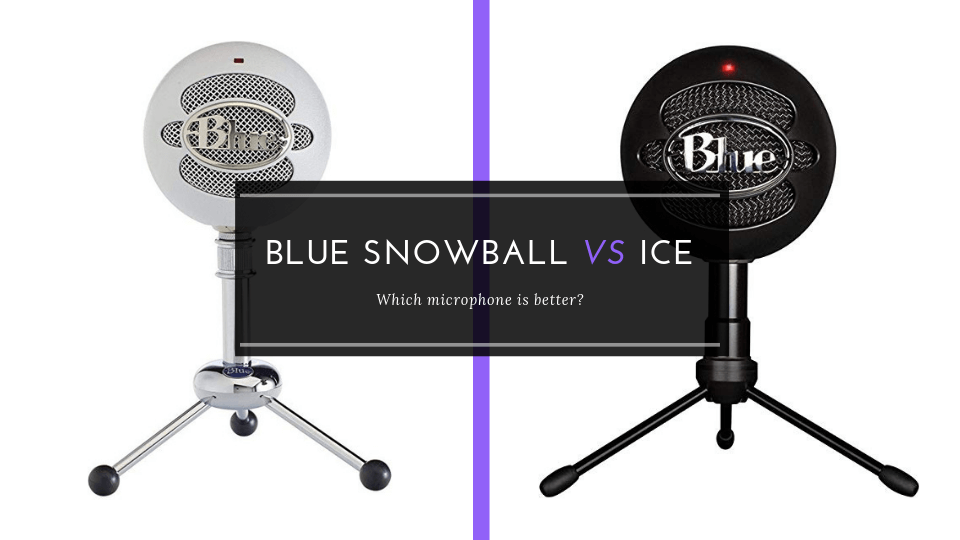
Blue is best known for its high-end USB microphones, such as the popular Yeti series. But the Blue Snowball remains one of its biggest sellers. Available in both basic and iCE models, this condenser microphone makes a compelling case for why it deserves to be the go-to recording tool for podcasters, musicians and the like.
But what exactly is the difference between the Blue Snowball and the Snowball iCE? Before you pick up one of these two, join us as we break down the differences between them so that you can identify which one best suits your needs and make an educated decision.
Further Reading:
👉 Best Podcast Microphones Roundup
👉 Our comparison of the Blue Snowball vs Yeti
👉 Learn about the different types of microphones
Blue snowball vs iCE: Introducing the Options
Before we get deep into the feature comparison side of the Blue Snowball vs iCE debate, it’s worth taking the time to formally introduce you to these two microphones and provide a bit of an overview on each.
First, the Snowball itself. One of many studio-quality USB microphones that Blue carries, the Snowball is perhaps one of the more eye-catching of the company’s products. Although the classic design implies a connection to the broadcasting days of old, the Snowball is ideally suited for vocals, music, gaming and other applications.
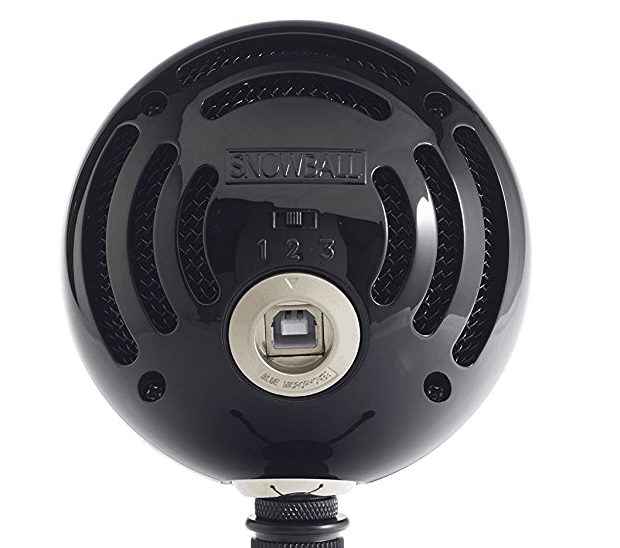
Moreover, the USB capability and array of modern features it includes bring together the best of both worlds. Featuring Blue’s advanced condenser capsule technology, the Snowball is designed to maximize ease of use as much as audio quality. The goal is to capture natural sound and effortlessly transfer it to your computer for production, and on that front, the Snowball delivers.
Now, the Snowball iCE — as its name implies — is very much connected to the original design. We’ll get into exactly how it differs in a bit, but for now, let’s just say that Blue has demonstrated a commitment to making the objectives of the Snowball accessible to everyone. In particular, the Snowball iCE has a focus on conference calls and other group online communication, even boasting a Skype certification.
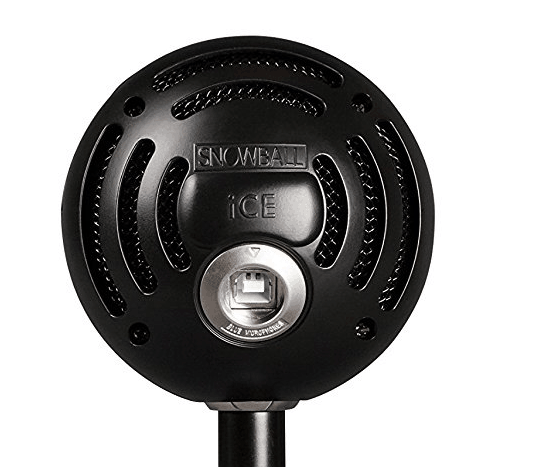
Its custom cardioid condenser capsule creates that pristine sound you’d expect from a company like Blue. So, no matter where you are or what project you’re working on, you’ll get the same professional output. After all, you can’t hope to do your best if you can’t sound your best. The Snowball iCE’s range stands as one of its best features, giving you the one-stop audio recording solution you need and none of the hassle or complicated hardware that you don’t.
Blue Snowball vs iCE: What’s the Same
As you can gather from the descriptions above, the Snowball and the Snowball iCE share a similar design and functionality. So let’s delve into the qualities that these two microphones have in common.
1. Bit rate
One way in which these two microphones are virtually identical is its bit rate, the amount of data that can be transmitted each second. We mentioned earlier that the Snowball and Snowball iCE both present crisp, clear audio like few other competitors, and that is consistently true since they record at the same bit rate. At 16 bits and 44.1 Hz, these microphones provide essentially the same sound, making either model a smart choice for anyone trying to achieve a certain standard of sound quality.
2. Transducer
One of the most critical elements of any microphone is the type of transducer it carries within it. The Snowball and Snowball iCE are both condenser microphones. So they are lighter and more versatile at picking up frequencies than dynamic microphones. These microphones also carry a pressure gradient element that allows both sides of the diaphragm to be exposed to incoming sound. Because both microphones share this fundamental component, the sound they pick up is remarkably similar, albeit not identical due to the differences we’ll discuss later on. Moreover, the Snowball and Snowball iCE, as we’ve discussed, share USB digital output.
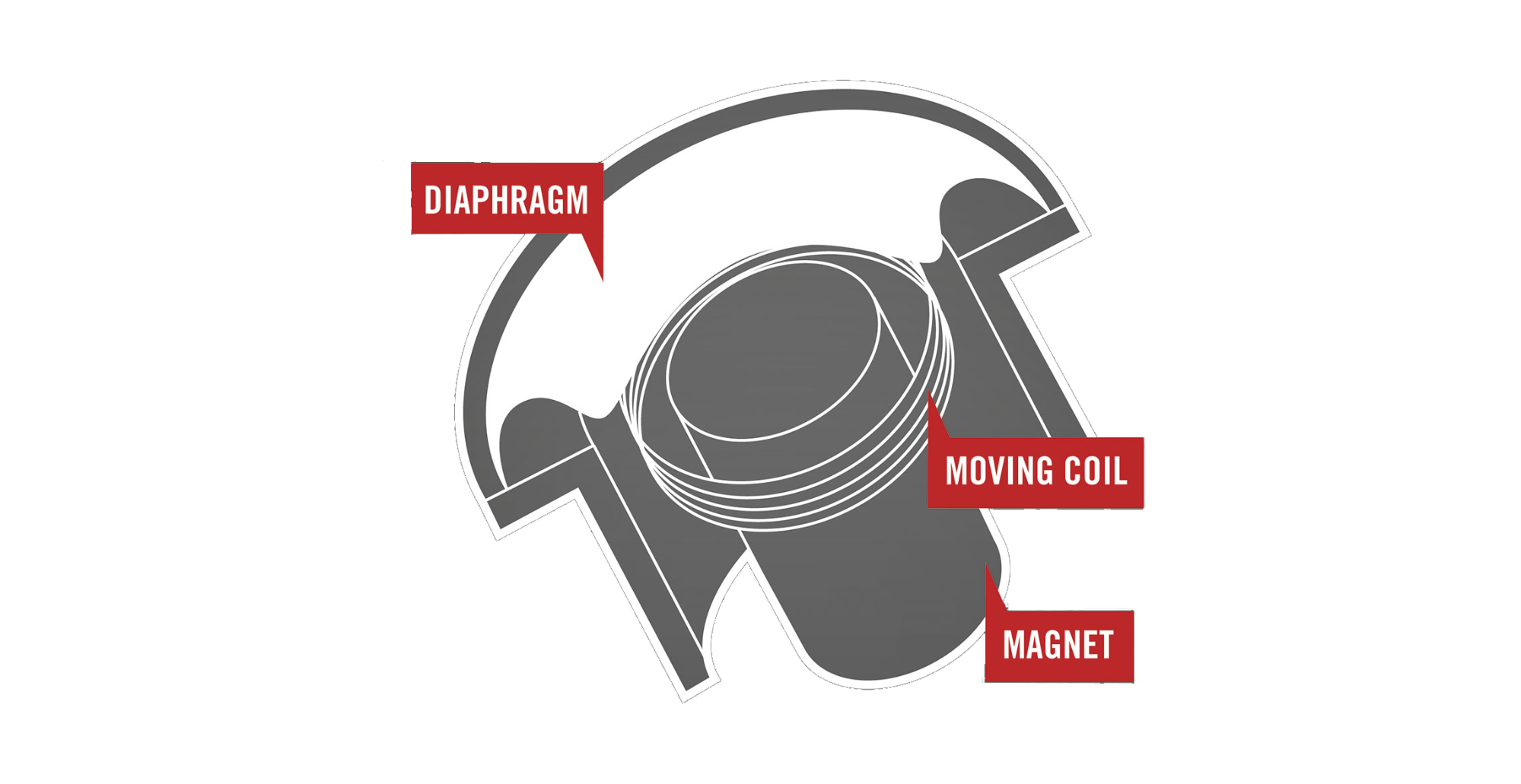
3. System requirements
Thanks to that USB compatibility, these two microphones are about as plug and play as they can get. The Snowball and Snowball iCE work with either Mac or PC and share the same system requirements too. As long as one microphone appears to be compatible with your computer setup, you should be good to go no matter which of the two you wind up deciding to purchase in the end. After all, Blue aims to make its technology available to as many people as possible. Creating uniform system requirements is a small but useful step in that direction.
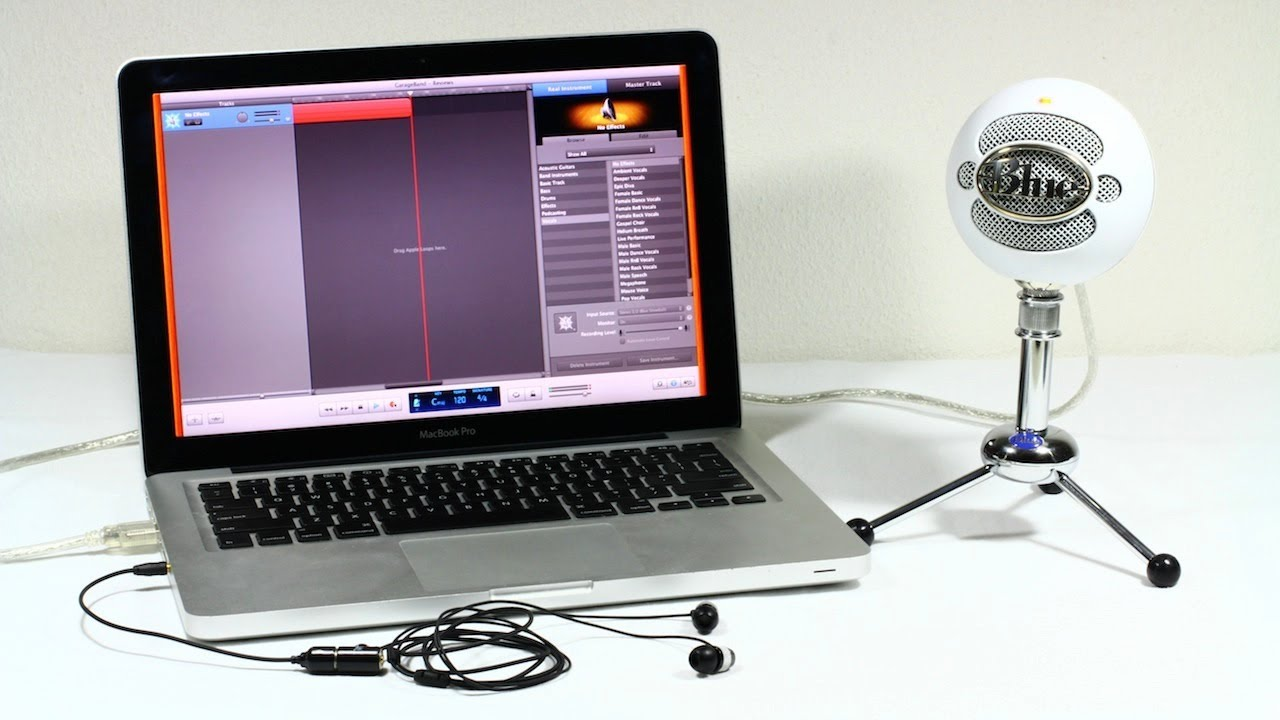
4. Size
Just as the Snowball and Snowball iCE require the same technical specifications for the computers they work with, the two microphones are also exactly the same size and weight. At just 460 grams (or a bit over one pound) and a circumference of 325 millimeters (12.8 inches), this pair is lightweight and compact enough to be easily carried around. As if it isn’t becoming clear by now, the Snowball and Snowball iCE differ not in superficial ways like size but in more instrumental details that provide greater flexibility and room for your production to grow over time.
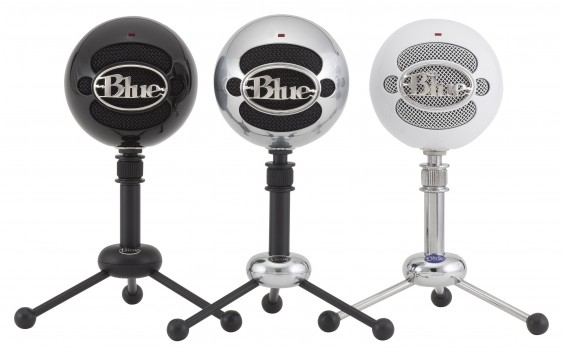
5. Accessories
Blue offers a ton of accessories that you might want to add to your recording setup over time, but the Snowball and Snowball iCE already come complete with everything you need to get started. Naturally, no USB microphone is complete without the USB cable necessary to connect to your computer right out of the box. And both the Snowball and the Snowball iCE also include an adjustable microphone stand. This metal addition makes it a cinch to prop up your Blue microphone right on your desktop and start recording instantly.
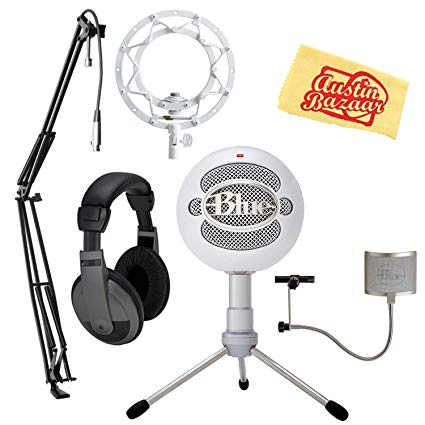
Blue Snowball vs iCE: How They Differ
Now we finally get to what you’re probably most concerned with. You now know how the Snowball and Snowball iCE are similar. So let’s get into where they diverge.
1. Pricing
Both microphones are shockingly affordable, but the Snowball iCE has the edge. Priced at just $49.99, this is actually the lowest-priced microphone that Blue offers across the board. So the fact that even this product offers studio-quality sound and helpful features is a demonstration of how much pride Blue takes in its microphones. The standard Snowball isn’t much more expensive either — with a price tag of $69.99 — and includes some additional features that may or may not add value to your project. Once we discuss what those are, you can decide whether it’s worth the extra investment for the Snowball.
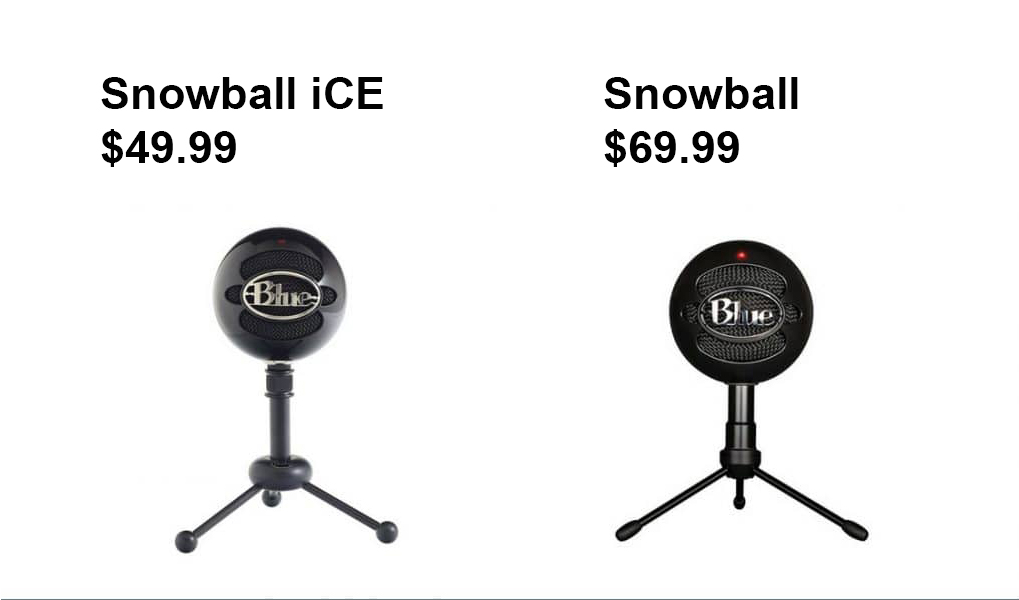
2. Polar pattern
Here’s our first real win for the Snowball. While the Snowball iCE carries a cardioid design, the Snowball offers the additional pickup patterns of omnidirectional and cardioid with a -10dB pad (for extremely loud sound). For voice work like podcasts, the cardioid is easily the option you’ll use most often, but if you’re planning on using your microphone to capture music or a less focused sound than a single voice, the omnidirectional option — which captures sound from literally all around the microphone — may actually prove to be useful. The polar pattern is just one example of why you need to do your research.
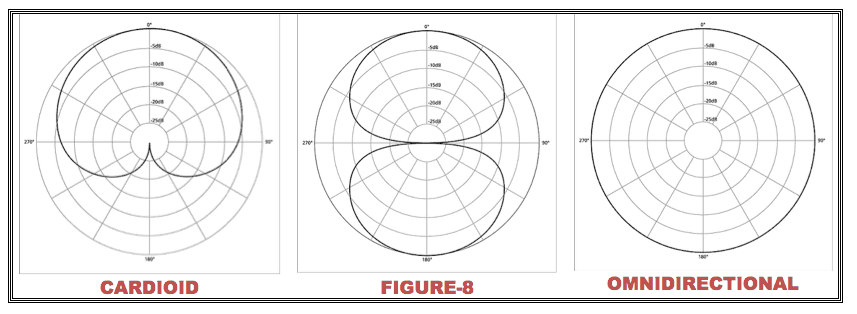
3. Application
Technically, both microphones could be used for capturing vocals, music, podcasts, gaming and more. However, in keeping with the different polar patterns offered by the Snowball and Snowball iCE, the best applications for each model vary as well. The former is capable of more diverse uses, thanks to the aforementioned addition of the omnidirectional polar pattern, while the latter specializes specifically in picking up voices. Your best bet when selecting a new microphone is to start by identifying what you need it for. Then you’ll be able to narrow down your search and confidently proceed with your purchase.
4. Frequency response
How a microphone responds to a range of frequencies often plays an integral role in what makes each microphone sound distinctive. At first glance, the Snowball and Snowball iCE are the same in this regard too. But the Snowball actually has a bit more versatility to bring to the table. In addition to sharing a frequency response of 40 –18 kHz, the Snowball has three positions to help you customize the recording experience each time. Since frequency response relates to the range of sound a microphone picks up, this allows you to have even more control over your output.
5. Colors
Style isn’t everything when it comes to capturing quality audio, but especially if you plan to use your Blue microphone on camera, it helps to have some options with regard to the colors available. To that end, Blue provides the Snowball and Snowball iCE in both textured white and glossy black. Yet, in keeping with the premium experience of the former, the Snowball also has a chrome option available so that you can really inject some style into your microphone.

Blue Snowball vs iCE: Which Is Better?
The question of which member of the Snowball series is ideally suited for you is, of course, entirely subjective. However, if you want to know which of the two boasts more features and creates a more elaborate level of control over your recording, then the answer is clear.
From top to bottom, the Snowball iCE was designed to be a cheaper alternative to the Snowball, and in making this price cut, Blue streamlined some features which are not necessarily applicable to all users. For consumers who are willing to spend a bit more to get a simpler product, the Snowball iCE is a welcome option. But the Snowball is, in many ways, a more sophisticated microphone, as some of the differences highlighted above reveal.
Because the Snowball includes useful elements like additional polar patterns and a heightened frequency response, podcasters and musicians should absolutely opt for this one to optimize the quality and professionalism of the end result. These features are especially useful if multiple people are being captured by the microphone, as when recording music or conducting interviews.
On the other hand, consumers looking for a microphone for gaming or business meetings — or other scenarios which don’t necessarily require studio-quality audio — might be perfectly suited to the Snowball iCE. This route saves a bit of money upfront and is even more user-friendly. Without additional features and options complicating matters, you can just plug the microphone in and get started.
Again, any purchase decision needs to be properly researched before you settle on which microphone you should invest in. Still, the Snowball remains the more premium option, and considering the relatively small difference in price between this model and the Snowball iCE, most consumers would be better off just picking up the Snowball. After all, then you’ll be covered if you ever do decide you can leverage the additional features it carries.
Blue Snowball vs iCE: The Bottom Line
Hopefully, this comparison between the Snowball and the Snowball iCE has shed some light on the differences and similarities between the two. In any case, Blue microphones tend to live up to the company’s reputation. Although USB microphones are not typically considered the finest the market has to offer, Blue takes advantages of the strengths this approach does bring to your project. The Snowball series — both the Snowball and Snowball iCE — is truly a testament to the company’s dedication to its level of service as well as its customers.
For more 👉 A Complete Best Podcasting Microphones Roundup.
Hear it Crystal Clear with Better Headphones 🎧
Whether you’re a fan of big-ass over-ears, delicate little earbuds or a fancy pair of wireless earphones, you’ll find your next headphone loves here. We’ve tested a tonne of them, to save you the bother. Treat your ears to the phones they deserve!
 you’ve been subscribed.
you’ve been subscribed. 



